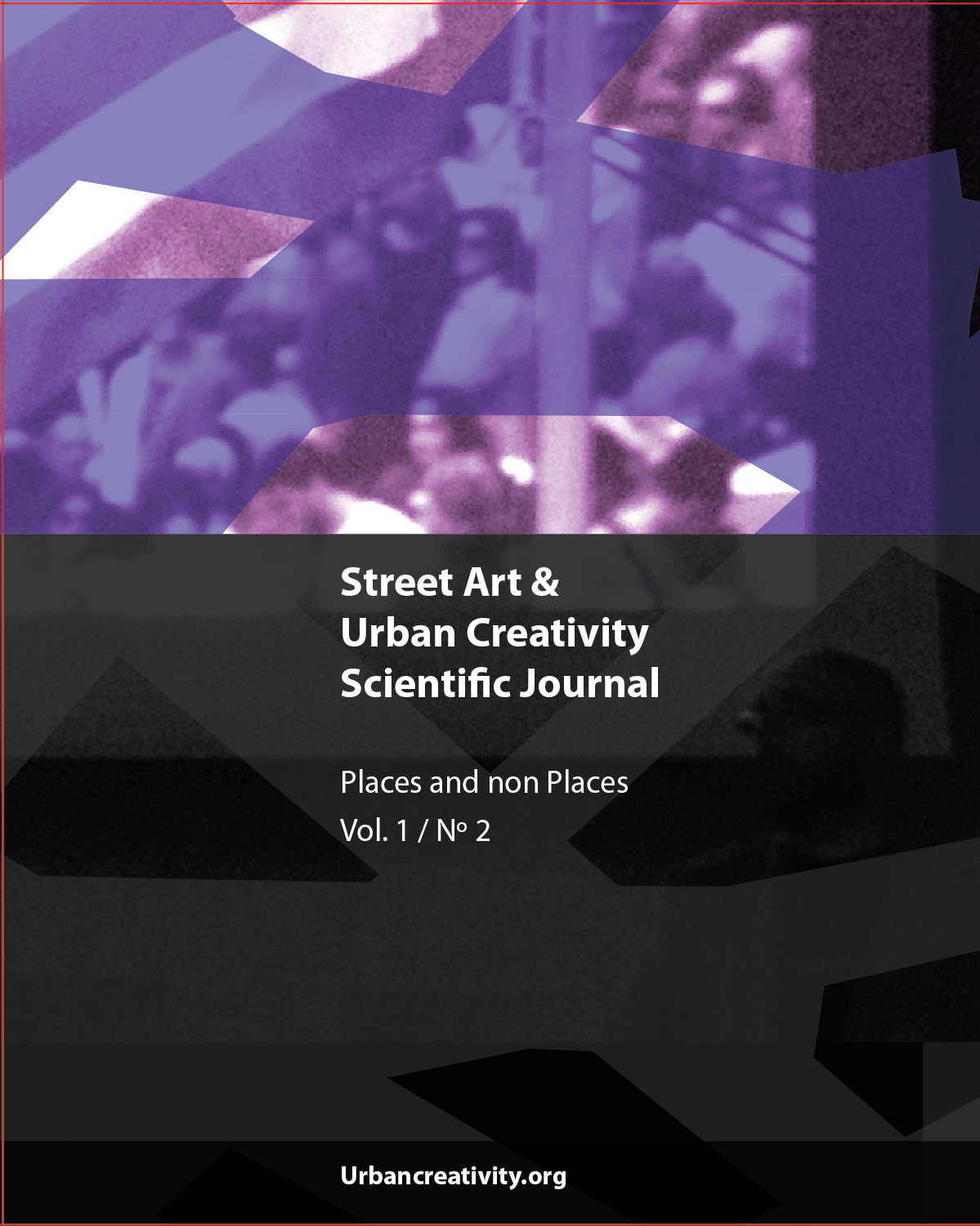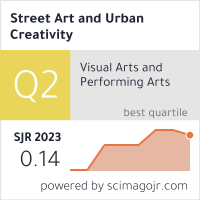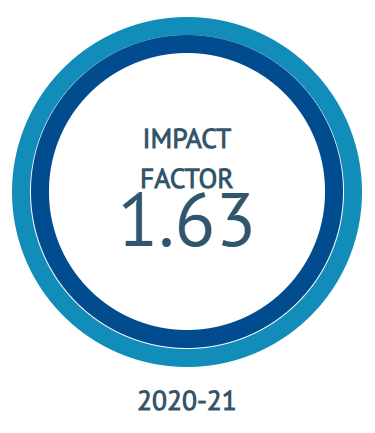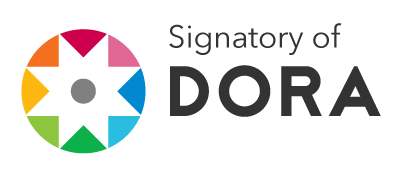El «lugar donde hay que estar» para el arte callejero hoy en día
ya no es la calle, es internet
DOI:
https://doi.org/10.25765/sauc.v1i2.23Palabras clave:
Arte callejero, Fotografía de arte callejero, Nuevos medios de comunicación, Redes sociales, Ciudad Creativa, Política netaResumen
La práctica actual de presentación fotográfica, documentación, circulación, recepción y negociación del arte callejero (imágenes) en línea conduce a una reconfiguración tanto de lo global como de lo local y, por tanto, a nuevas normas y relaciones de poder. Este artículo analiza la constitución recíproca de las prácticas artísticas callejeras locales y el discurso artístico global, con especial atención al concepto de localización y emplazamiento. Como se demostrará, tanto los fotógrafos centrales como los blogueros y administradores de páginas de Facebook se posicionan -y son posicionados- como expertos decisivos, creadores de opinión y guardianes. Al definir «la visión global de las ciudades individuales», influyen significativamente -y refuerzan continuamente- la formación de un canon de arte callejero aceptado de algún modo a nivel mundial. Mientras que el flujo en tiempo real de Facebook, con sus connotaciones positivas, se ha convertido en una especie de «sistema de seguimiento del arte callejero» omnipresente, en la negociación del arte callejero y los festivales de arte urbano se observa una falta dominante de crítica profunda y contextualización con visión de futuro. Al final, estas «tendencias» aluden a cuestiones más generales que abordan temas como la ciudad creativa, los procesos de gentrificación, la política urbana y las infraestructuras (des)centralizadas. Posteriormente, se hace evidente que los debates sobre la apropiación espacial, la publicidad, las restricciones legales, la institucionalización, la domesticación, la censura, la búsqueda de la libertad y la privacidad, así como el cuestionamiento de las jerarquías -que en el contexto del arte callejero actual siguen estando ligados al marco de la ciudad física- deben trasladarse a internet. Internet y sus nodos centrales son lugares de toma de decisiones que inevitablemente muestran las actuales (infra)estructuras de poder. Por tanto, un posible paso futuro, decisivo y coherente para los artistas callejeros podría ser reclamar tanto la ciudad como internet.
Descargas
Estadísticas globales ℹ️
|
148
Visualizaciones
|
121
Descargas
|
|
269
Total
|
|
Descargas
Publicado
Cómo citar
Número
Sección
Licencia
Derechos de autor 2015 Street Art & Urban Creativity

Esta obra está bajo una licencia internacional Creative Commons Atribución-SinDerivadas 4.0.
Los autores/as que publiquen en esta revista aceptan las siguientes condiciones:
- Los autores/as conservan los derechos de autor.
- Los autores/as ceden a la revista el derecho de la primera publicación. La revista también posee los derechos de edición.
- Todos los contenidos publicados se regulan mediante una Licencia Atribución/Reconocimiento-SinDerivados 4.0 Internacional. Acceda a la versión informativa y texto legal de la licencia. En virtud de ello, se permite a terceros utilizar lo publicado siempre que mencionen la autoría del trabajo y a la primera publicación en esta revista. Si transforma el material, no podrá distribuir el trabajo modificado.
- Los autores/as pueden realizar otros acuerdos contractuales independientes y adicionales para la distribución no exclusiva de la versión del artículo publicado en esta revista (p. ej., incluirlo en un repositorio institucional o publicarlo en un libro) siempre que indiquen claramente que el trabajo se publicó por primera vez en esta revista.
- Se permite y recomienda a los autores/as a publicar su trabajo en Internet (por ejemplo en páginas institucionales o personales), una vez publicado en la revista y citando a la misma ya que puede conducir a intercambios productivos y a una mayor y más rápida difusión del trabajo publicado (vea The Effect of Open Access).













